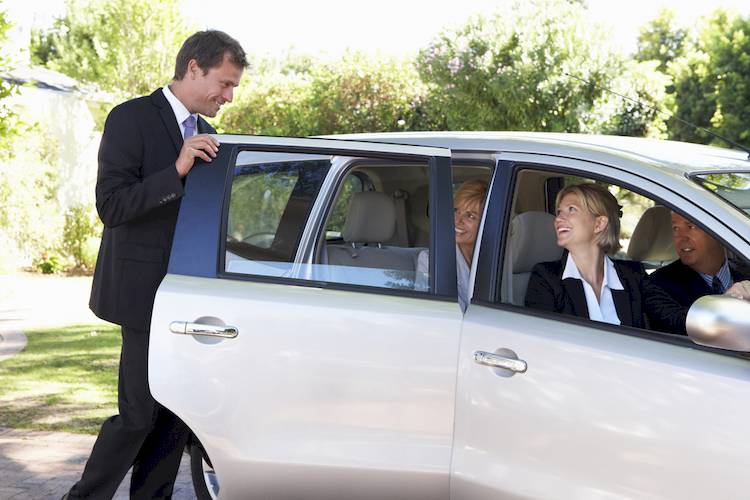

Car pool lanes have existed for decades, and have become increasingly popular in recent years. There are thousands of miles of car pool lanes spanning many states, and aiding a great number of people who commute to work every day. Car pool lanes (also known as HOV or High Occupancy Vehicle lanes) are freeway lanes for vehicles with multiple occupants. On most car pool lanes, a vehicle with at least two occupants (including the driver) can operate, but a vehicle with a single occupant cannot. Depending on the county and the freeway, the minimum number of occupants required for the car pool lane may be three or four instead of two. Motorcycles, emergency vehicles, and city buses can also drive in the car pool lane, even with a single occupant. In many states, alternative fuel vehicles (such as plug-in electric cars and gas-electric hybrids) are also allowed to drive in the car pool lane, regardless of how many occupants are in the vehicle.
Because there are fewer carpoolers on the road than vehicles with single occupants, the car pool lanes stay relatively empty even during peak rush hours. This rewards people who choose to carpool, and as a result incentivizes others to do the same, which helps reduce the number of cars that are on the road. Fewer cars on the road means less traffic for everyone, reduced carbon emissions, and less damage to freeways (and, as a result, less road repair money from taxpayers). Car pool lanes save carpoolers time, money, and the hassle of traffic, while also having a positive impact on the rest of the road.
For states that have car pool lanes, the rules for them are some of the most important traffic laws on the road. Drivers can greatly benefit from using car pool lanes, but will also be subject to a large fine if they violate them. And since car pool lane rules vary from state to state, you should always learn them when traveling, so that you can best utilize the car pool lanes.
Are there car pool lanes in Montana?
Despite the booming popularity of car pool lanes, the state of Montana does not currently have any on their freeways. The primary reason for Montana’s lack of car pool lanes is that the state is mostly rural, and doesn’t have a large metropolis where tens of thousands of drivers commute to and from on a daily basis. Montana’s freeways were also built before the rise in car pool lane popularity, and adding car pool lanes to the preexisting roads would require converting some of the all-access lanes, or adding new lanes (which would cost millions of dollars in construction).
Will there be car pool lanes in Montana anytime soon?
In 2005, the Montana Department of Transportation conducted a study to determine what were the most pressing needs for transportation in the state. The study resulted in the conclusion that, among other things, the implementation of car pool lanes on some of the state’s major freeways would be conducive to more efficient traffic flow.
However, there are not currently any finalized plans to renovate Montana’s freeways, so it remains to be seen when car pool lanes will be added. When the state makes plans for freeway renovations they will analyze whether or not the car pool lanes fit within the budget, and most likely a handful of lanes will be added.
When car pool lanes are added to Montana’s freeways, a large number of residents will be able to save extra time and money when commuting to work. In the meantime, Montana drivers can familiarize themselves with their state’s standard driving rules and laws, so that they can be a safe and legal driver when the car pool lanes are finally added.



